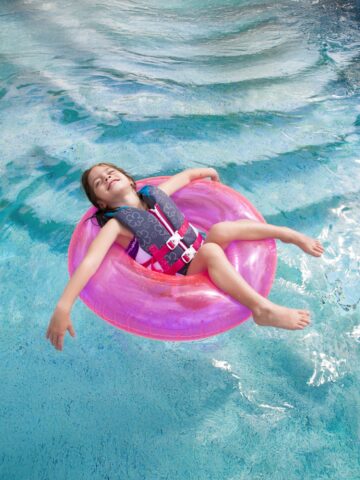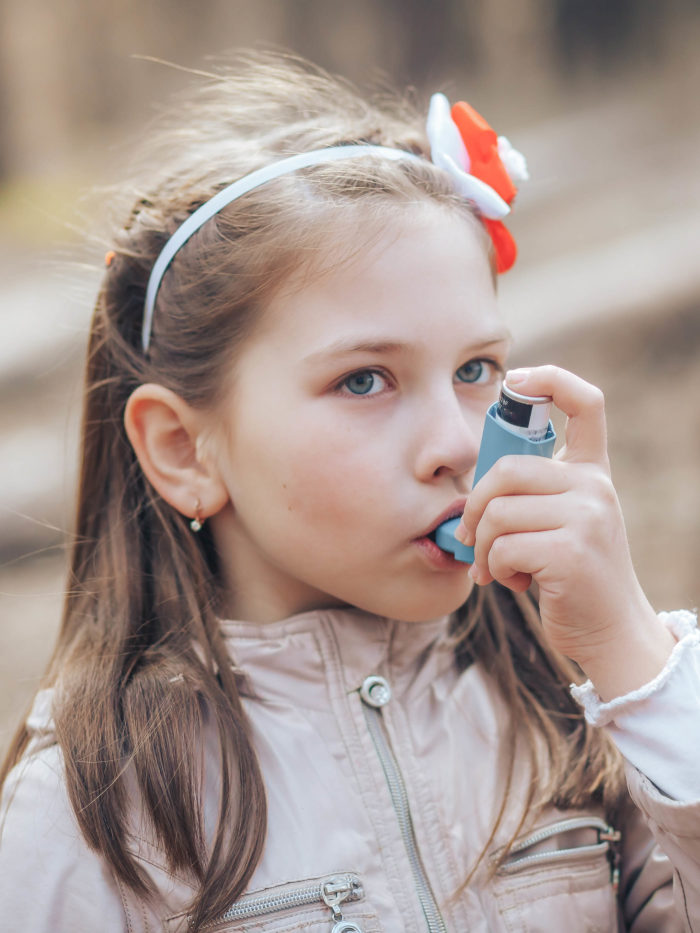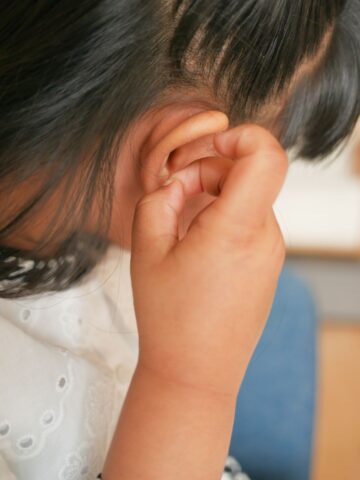As a heat wave sweeps over Orange County, remember that high temperatures can increase the risk of heat-related illnesses such as heat exhaustion and heat stroke. Here are some tips to help stay cool:
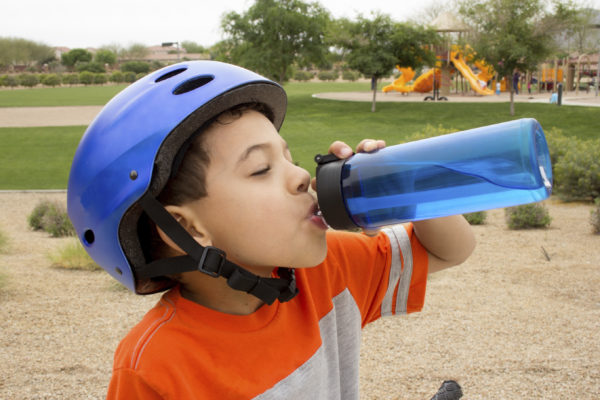
• Drink plenty of water. Don’t wait until you are thirsty.
• Stay cool indoors. If your home is not air conditioned, visit public facilities such as shopping malls and libraries to stay cool.
• Check often on those at high risk. This includes older adults, people with heart or lung disease, and young children.
• Avoid unnecessary sun exposure. Wear light, loose-fitting clothing, and hats, and use sunscreen.
• Avoid strenuous activities if you are outside or in buildings without air conditioning. Take frequent rest and refreshment breaks in a shaded area.
But year-round, parents, guardians and caregivers must be vigilant against leaving children, elderly people and pets alone in cars.
On average nationwide, 37 children die in hot cars annually from heat-related incidents. Nearly every state has experienced a child vehicular heat stroke death.
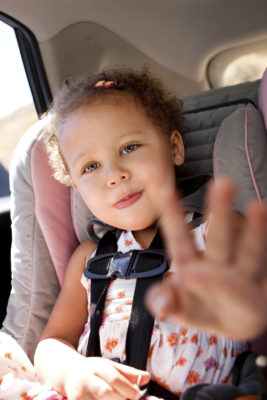
Community educators at CHOC recommend the following tips for avoiding heat stroke:
- Never leave a child alone in the car — for any amount of time. In California, it’s against the law to leave any child younger than 6 alone in a vehicle without a person who is at least 12 years old.
- Teach kids not to play in cars, and kept your car locked so they can’t get in on their own.
- Create reminders for yourself not to forget your child in the backseat of your car. Leave an important item in the backseat near your child, like a wallet or cellphone that is needed at your final destination.
- If you notice a child alone in a car, call 911 immediately.
Parents can retain these tips by remembering to ACT– Avoid leaving your child alone in the car. Create reminders, such as one that ensures you dropped your child off at daycare that morning. Take action: If you see a child alone in a car, calling 911 could mean saving their life.
Heat stroke symptoms include dizziness, disorientation, agitation, confusion, sluggishness, hot and dry skin that is flushed but not sweaty, loss of consciousness, rapid heartbeat and hallucinations. These symptoms can progress to seizures, organ failure or death if not immediately treated.
If a child is experiencing heat stroke, there are several things you can do until medical assistance arrives. Take the child to a cool place, remove as much of their clothing as possible, and apply cold packs or ice to areas with large blood vessels (neck, groin, armpits) to accelerate the cooling process.

